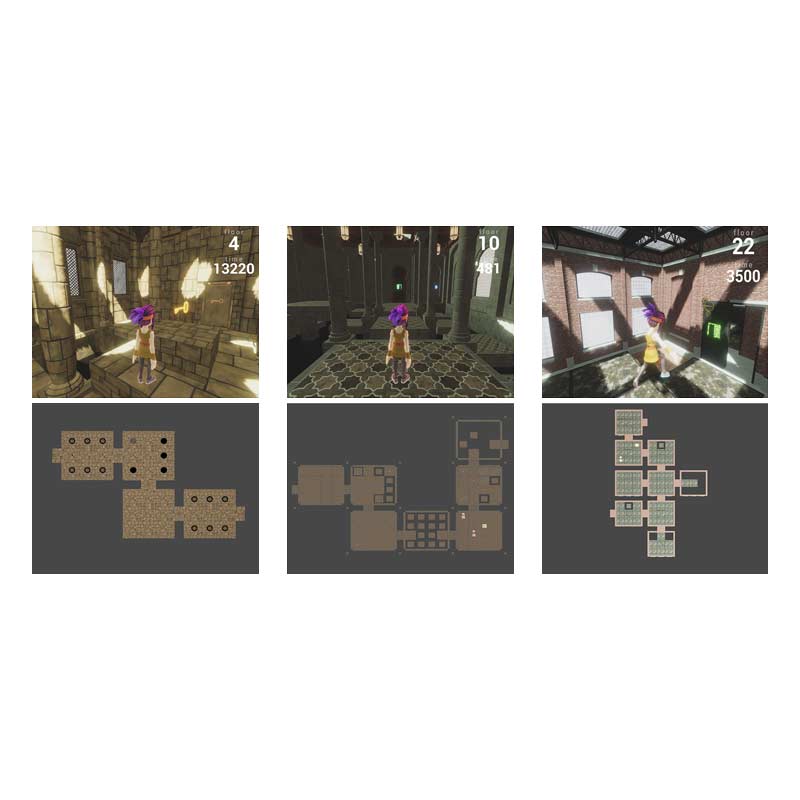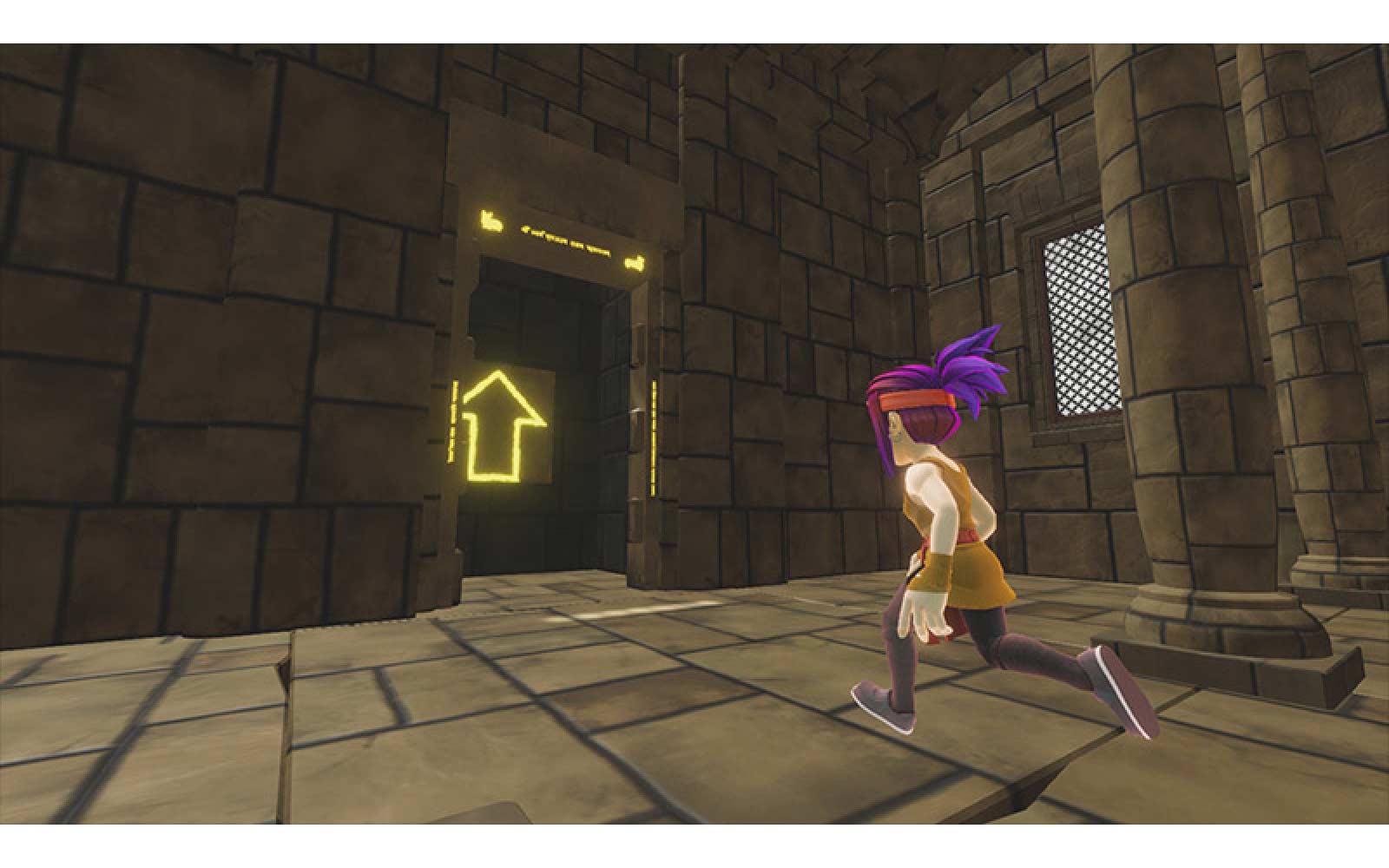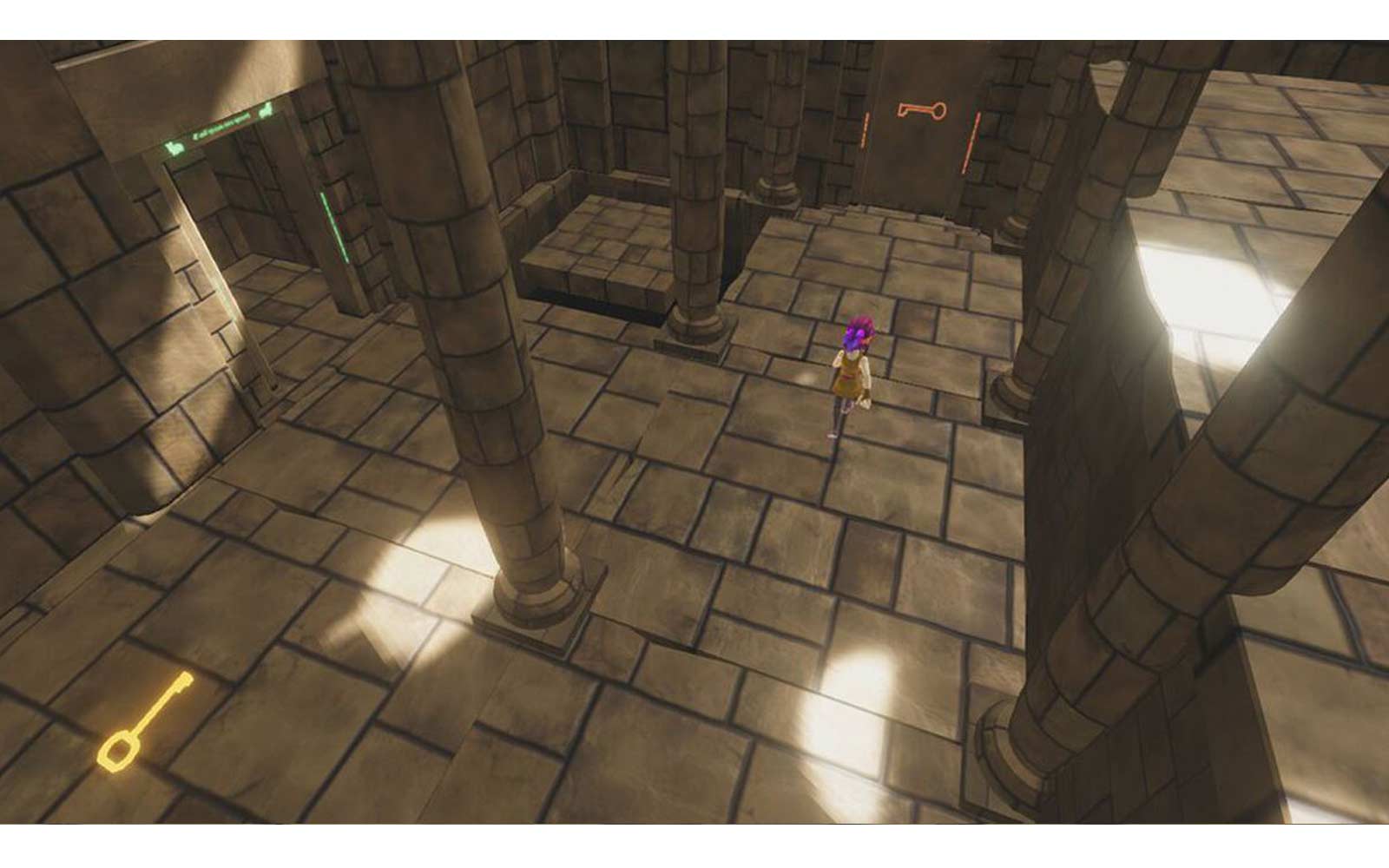
Unity Technologies has partnered with Google Cloud Platform and created a game called 'Obstacle Tower'.
The game isn't designed for humans, and solely created to test AI players to their limits. The release of the title is being accompanied by a contest, called the 'Obstacle Tower Challenge'.
In the game, participants can run their AI agents through the 100-level challenge and compete for prizes.
As the first-of-its-kind contest, Google is offering a prize of cash, travel vouchers, as well as Google Cloud Platform credits, valued at more than $100,000.
Created by Unity, the maker of the popular game engine, the game is meant to test the capabilities of artificial intelligent agents, to accelerate the research and development of AI in general.
Here, the game has a combination of platform-style gameplay with puzzles and planning problems. The setting resides in a tower with potentially endless floors.
The challenge examines how AIs operate in a variety of areas.
The Obstacle Tower Challenge is also meant to be a benchmark aimed at testing the vision, control, planning, and generalization abilities of AI systems, as well as other criteria that no other benchmark system has tested together before.

The tower operates similarly to a standard platforming game.
Each of its floor has a unique puzzle that requires the AI to think up its actions, make decisive decisions, and perform specific tasks in order to advance. The higher up the tower the AI gets, the more challenging the puzzles become.
This game-like environment makes it possible for participants to observe their agents, to then fine-tune them.
To make sure that participants can't program their AI to solve specific puzzle, the game has its levels procedurally generated so they are never exactly the same.
In a statement, Danny Lange, vice president of AI and machine learning at Unity Technologies, said that:
"Essentially, with the launch of the Obstacle Tower Challenge, we hope to stimulate new AI research and further the field of reinforcement learning."
Video games are among the most useful training tools for AI researchers due to their vast amount of possibilities.
AIs in playing video games should be able to think critically, use problem-solving methods, and create path planning to play and succeed at even simple arcade titles.
One of the most challenging games for AI, was the 1984 Atari classic Montezuma's Revenge.
The reasons why the game was challenging is because the game rewards exploration and puzzle-solving as opposed to fast reflexes and precise aiming.
For years, the game proved to be an especially challenging obstacle for artificial agents, and therefore became a benchmark to measure an AI’s abilities.
The main reason for this, is due to the limitation of 'reinforcement learning'.
Google’s DeepMind for example, trained its AI to beat the world’s best Go players, as well as mastering the game of Chess and Shogi. DeepMind has even created an AI capable of winning StarCraft II when pitted against professional human players.
But the technique is only effective when the AIs are given a clear goal, and the game's parameters are tightly controlled, free from potential distractions.
Then OpenAI came up with an idea of incentivizing its algorithm to explore the game by essentially giving it a secret to find in the game’s first level. This changes things.
With OpenAI's curiosity-driven learning method, the AI was encouraged to explore more of the environment than it would have otherwise. Rewarding the AI based on its curiosity, OpenAI's AI yielded record performance in Montezuma’s Revenge.
Unity cites this as the motivator in creating the Obstacle Tower game.

Danny Lange continued by saying that:
"What we really want to do here is create a tool for researchers to focus their work on and unite around and compare progress."
The Obstacle Tower has similar approach in design to Montezuma’s Revenge. The main difference is Unity in adding procedurally generated levels that also change in physical design as the AI progresses.
The Obstacle Tower is essentially a modern version of the Montezuma’s Revenge game.
"We’ve had human players play and they can get to around level 15."
"A lot of people think that AI is about building better product recommendations at Amazon. But at the end of the day, it’s really solving way more complex problems. It’s about dealing with vision, control, and other cognitive challenges."
Unity plans to make Obstacle Tower open source, so game developers and researchers can modify it to fit their needs.
People can also download the game and try it, although the game is never intended to be played by humans.
Unity is also inviting interested individuals to read the research paper titled The Obstacle Tower: A Generalization Challenge in Vision, Control, and Planning for more information.